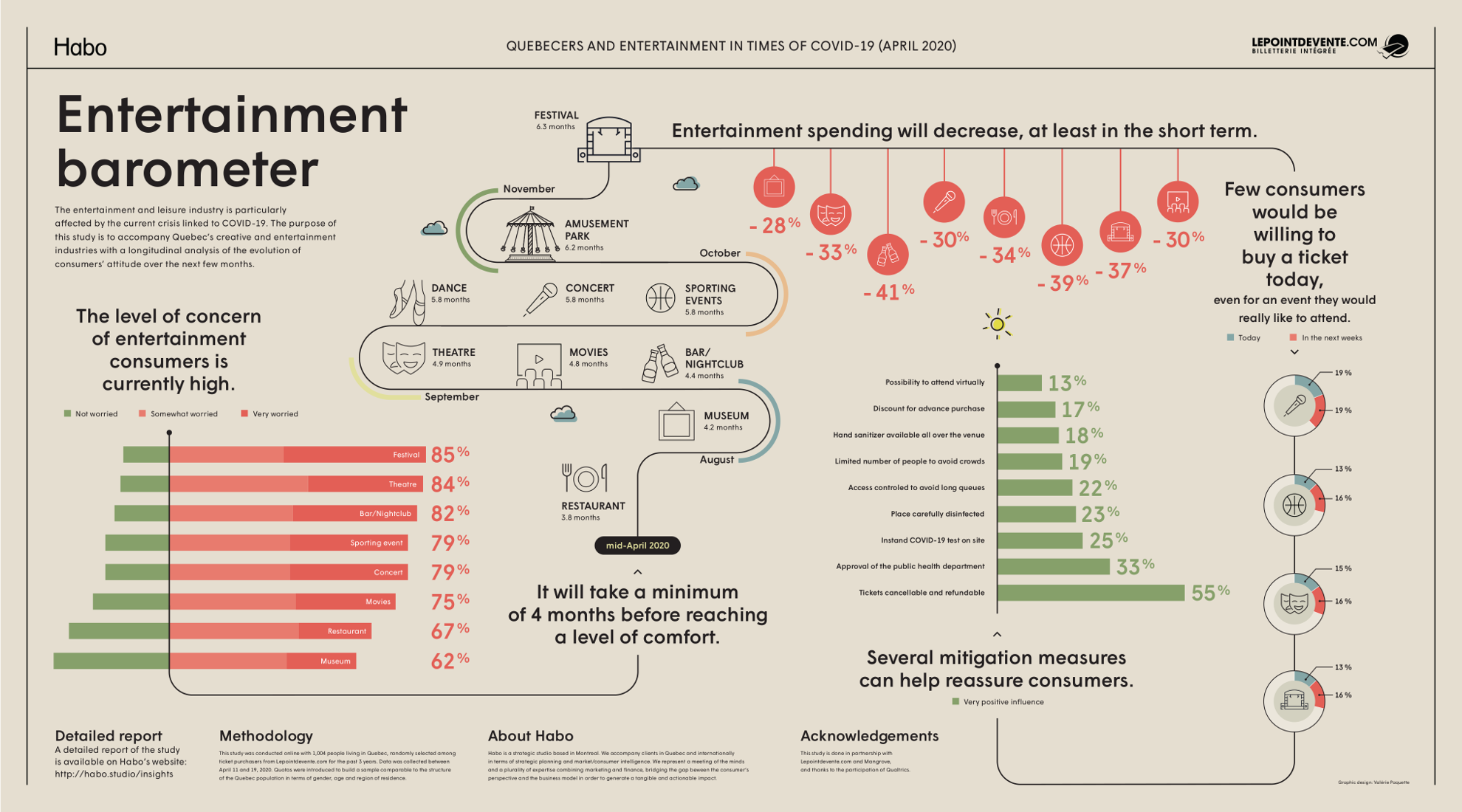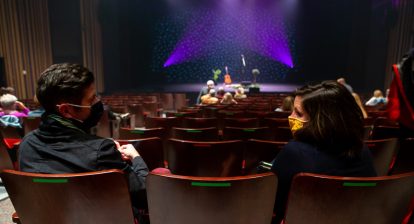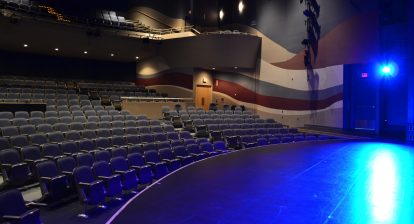As governments announce and start to roll out their reopening plans, the entire live performance sector wonders: “When we’re allowed to reopen, will audiences come back?” Consumer surveys north and south of the border provide many nuanced, and very useful, answers.
How long before audiences come back?
Data from IMPACTS indicates that intentions to visit cultural organizations in the next three months are on the rise within the United States. However, we’re observing a redistribution of demand compared to pre-coronavirus levels. On the one hand, cultural experiences that allow for a visitor’s relative freedom of movement, particularly those featuring outdoor spaces, will likely benefit from increased demand upon reopening. This category of experiences includes outdoor historic sites, parks, zoos, botanic gardens, etc. On the other hand, experiences involving enclosed spaces with minimal visitor movement – such as performing arts enterprises – indicate lessened demand.
Similarly, the Entertainment Barometer also found that the resumption of entertainment activities by Quebecers will depend on the perceived risk of each activity. Respondents were particularly concerned about attending festivals, musicals and concerts. Consequently, even if they miss these activities a lot, it may take five to six months before they feel comfortable attending them again.
Other surveys provided more nuanced – and reassuring – answers on the length of time before people will resume certain activities.
A Léger 360 survey commissioned by iCible and RIDEAU asked Quebecers about their intention to return to the live performing arts. 30% of respondents said they’d resume buying tickets immediately or within a couple weeks after orders restricting gatherings are lifted. 21% said they’d need “a few months”. And, 40% said it would take “several months” before they buy a ticket.
As to large gatherings such as festivals, Enigma Research’s 2020 Return to Live Events Survey found that nearly half of Americans and Canadians would return within one or two weeks of live events resuming. The remainder would wait longer, with 20% waiting more than 3 months.
The level of haste (or prudence) to resume activities is likely to also depend on several factors. Some, such as the age of customers, are beyond the sphere of influence of event organizers. The Entertainment Barometer found that Baby Boomers were 1.4 times more concerned than younger generations about resuming entertainment activities.
But then, certain safety precautions may increase the likelihood of audiences returning faster. We’ll look at this in the next chronicle.
Sources:
IMPACTS Research & Development and partners, as cited by Colleen Dilenschneider in “Meeting Visitor Needs: What Will Make People Feel Safe by Age & Income”, May 6th, 2020.
Léger 360, Comportement des québécois à la reprise des spectacles et autres activités culturelles, April 30, 2020.
Habo, Entertainment barometer: Quebecers and entertainment in times of COVID-19, April 29, 2020.
Enigma Research, 2020 Return to Live Events Survey, April 2020.
The COVID-19 pandemic has brought a daily avalanche of constantly-shifting news, concerns, updates, and government responses. Presenters, agents, and artists are all trying to grasp a new and rapidly-evolving reality. This is why CAPACOA, with support from Ontario Presents, has determined to document the changing state of the situation, as you report it to us during our online gatherings. We hope that our weekly Chronicles of a Pandemic and the Performing Arts will help those of us in the sector, and those looking to support it, to grasp our unique situation as it continues to evolve.







